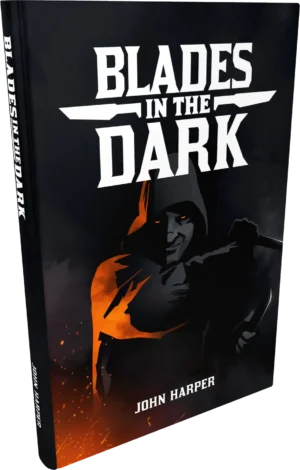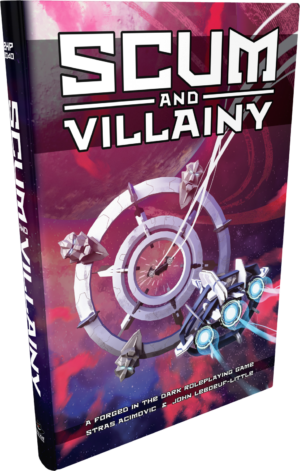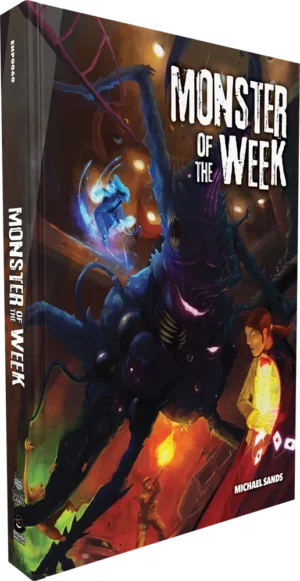Blades in the Dark Dark Fantasy; Dark; Heist; Forged in the Dark (FitD); Narrative-Driven; Team-Based
Blades in the Dark is a tabletop role-playing game (TTRPG) focused on a crew of scoundrels operating in the dark fantasy, industrial-era city of Doskvol. Utilizing the Forged in the Dark system, the game emphasizes narrative-driven gameplay, team-based heists, and resource management within a dangerous and haunted setting. Its unique mechanics, like flashbacks and position/effect dice rolls, streamline gameplay and encourage player agency, making it appealing to both experienced and novice RPG players seeking a darker, more strategic experience.
Theme and Setting
Blades in the Dark plunges players into Doskvol, a perpetually dark and haunted city reminiscent of Victorian London. The sun is gone, replaced by electric lights powered by ghost-derived energy. This industrial-fantasy setting is steeped in gothic horror, with ghosts, demons, and other supernatural entities playing a significant role. Players take on the roles of criminals navigating a city rife with rival gangs, corrupt officials (Bluecoats), and powerful noble families, creating a compelling backdrop for illicit activities. The oppressive atmosphere and emphasis on survival and scoundrel-like behavior define the game's unique theme, pushing players to make morally ambiguous choices to thrive in a harsh environment.
Core Mechanics and Rules
The Forged in the Dark system drives Blades in the Dark's core gameplay. Actions are resolved using a pool of six-sided dice, with the highest roll determining the outcome. A key element is the position and effect system, where the GM determines the character's position (controlled, risky, desperate) and potential effect before the dice are rolled. This shifts the focus from simple pass/fail outcomes to a more nuanced approach, emphasizing narrative consequences.
Flashbacks are another crucial mechanic, allowing players to retroactively introduce elements into a scene by spending resources. This eliminates extensive pre-planning and allows for dynamic, in-the-moment decision-making. Stress is a resource players can spend to improve their rolls or avoid negative consequences, but accumulating too much stress can lead to trauma and long-term complications. Downtime activities, such as indulging in vices or acquiring assets, are essential for managing stress and preparing for future scores. The crew itself also has stats like wealth, reputation and heat (attention from law enforcement).
What Makes it Unique
Blades in the Dark stands out due to its streamlined mechanics and focus on collaborative storytelling. The Forged in the Dark system emphasizes player agency and narrative consequences over rigid rules. The flashback mechanic provides a unique way to handle planning, allowing players to be creative and reactive in their approach to heists. The interconnected nature of the city and its factions creates a dynamic sandbox environment where player actions have lasting repercussions. The game also uniquely handles failure, which is often considered more interesting than success. Furthermore, characters can quickly become traumatized, which results in short lifespans.
Target Audience and Player Experience
Blades in the Dark appeals to players who enjoy narrative-driven games with a focus on strategic decision-making and team-based gameplay. It's suitable for both experienced RPG players seeking a more streamlined and collaborative experience and newcomers drawn to its dark fantasy setting and accessible mechanics. Players should be comfortable with morally gray choices and the potential for failure, as the game emphasizes the challenges and consequences of a life of crime. The game may not appeal to players seeking traditional high-fantasy adventures or those who prefer highly structured, rules-heavy systems. Some players have noted a heavy emphasis on meta-gaming, which is something that other players may enjoy.



